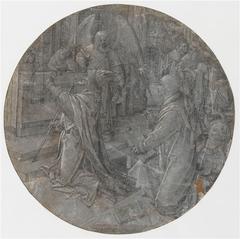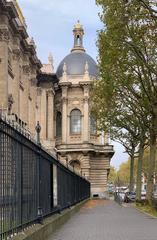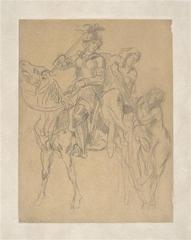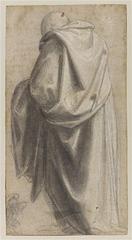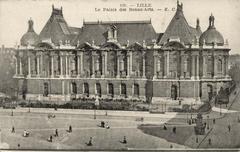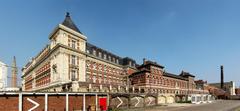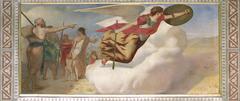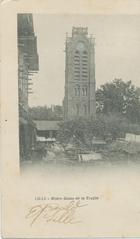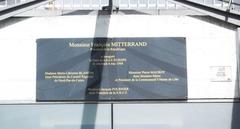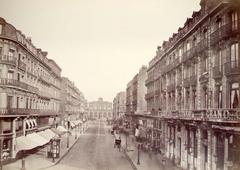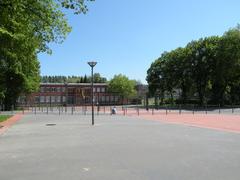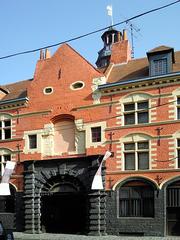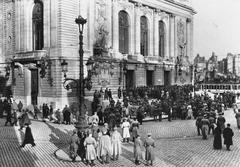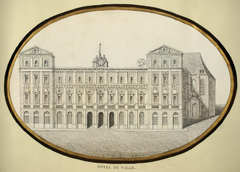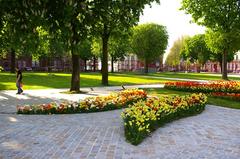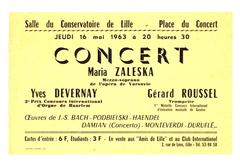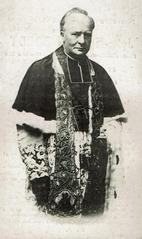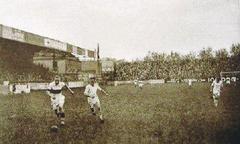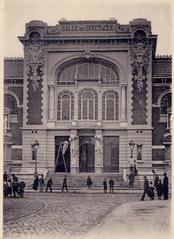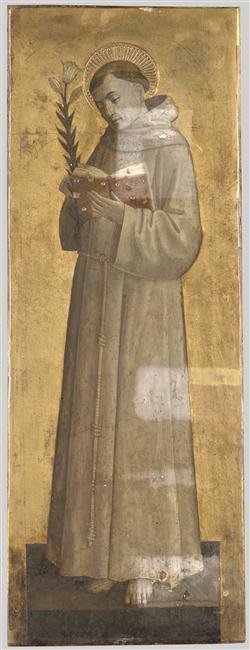
Palais des Beaux-Arts Lille Visitor’s Guide
Date: 18/07/2024
Introduction
The Palais des Beaux-Arts de Lille is one of France’s premier cultural institutions, boasting an impressive collection that spans various periods and artistic movements. Located in the heart of Lille, this museum is a testament to the city’s rich history and enduring commitment to the arts. Known for its opulent Belle Époque architecture, the Palais des Beaux-Arts is not just a museum but a landmark that reflects the evolving identity of Lille itself. This comprehensive guide aims to provide potential visitors with all the essential information they need, from historical insights and architectural highlights to practical details like visiting hours, ticket prices, and nearby attractions. Whether you are an art enthusiast, a history buff, or a casual visitor, this museum offers a rewarding and educational experience that is not to be missed. Understanding the depth and breadth of what the Palais des Beaux-Arts has to offer will certainly enhance your trip. (Palais des Beaux-Arts Official Site)
Table of Contents
- Introduction
- A History of Artistic Ambition - The Palais des Beaux-Arts
- The Palais Today - A Cultural Beacon
- Visitor Information - Tickets, Hours, and More
- Nearby Attractions and Special Events
- FAQ
- Conclusion
A History of Artistic Ambition - The Palais des Beaux-Arts
The Palais des Beaux-Arts in Lille isn’t just a building; it’s a testament to artistic ambition and a reflection of France’s rich history. Its story intertwines with political shifts, artistic movements, and the evolving identity of Lille itself.
From Competition to Construction (1885-1914)
The story begins in 1885. Lille, a city with a burgeoning industrial scene, decided to establish a museum showcasing fine arts. This decision followed a national trend in France, where many cities sought to establish themselves as cultural hubs. A design competition was held, attracting over 80 entries. The winning design came from two Parisian architects, Edouard Berard and Fernand Delmas.
Construction began in 1892 and took over two decades to complete, finally opening its doors in 1914. This extended timeline wasn’t unusual for grand projects of the time, often facing funding challenges and evolving architectural trends.
Architectural Influences - A Blend of Styles
The Palais des Beaux-Arts stands as a magnificent example of the Belle Époque style, popular in France during the late 19th and early 20th centuries. This style is characterized by its opulence, grandeur, and integration of modern materials like iron and glass alongside traditional stone.
However, the Palais doesn’t limit itself to a single style. It beautifully blends elements of other architectural influences:
- Classical Architecture - The building’s symmetrical facade, grand staircase, and use of columns and pilasters harken back to the grandeur of ancient Greece and Rome.
- Renaissance Inspiration - The Palais borrows from Renaissance architecture with its large windows, allowing natural light to flood the galleries, a key feature of that period’s focus on humanism and enlightenment.
- Second Empire Style - The Mansard roofs, with their distinctive steep slopes and dormer windows, are a nod to the Second Empire style prevalent in France during the mid-19th century.
This eclectic mix of styles results in a building that is both imposing and welcoming, grand yet approachable.
Beyond the Belle Époque - A Building Adapts (1914-Present)
The Palais des Beaux-Arts has witnessed significant historical events since its inauguration. During World War I, it served as a military hospital, highlighting its role beyond a cultural institution. The building suffered damage during World War II, a testament to the destructive forces of conflict.
Post-war, the Palais underwent extensive renovations to restore its former glory. These renovations weren’t merely about repairing damage; they were about adapting the building for a modern audience and contemporary museological practices.
The Palais Today - A Cultural Beacon
Today, the Palais des Beaux-Arts stands as one of the largest and most important fine arts museums in France, second only to the Louvre in Paris in terms of its collection size. This speaks volumes about the ambition that fueled its creation and the dedication to preserving and showcasing art for generations to come.
Visitor Information - Tickets, Hours, and More
Visiting Hours
The museum is open from Tuesday to Sunday, 10:00 AM to 6:00 PM. It is closed on Mondays and certain holidays.
Tickets
- General admission: €7
- Reduced rates for students, seniors, and groups.
- Free entry on the first Sunday of each month.
Accessibility
The museum is wheelchair accessible, with elevators and ramps available for ease of movement. Audio guides and tactile tours are also offered for visually impaired visitors.
Travel Tips
The Palais is located in the heart of Lille, easily accessible by public transport, including buses and the metro. Parking facilities are available nearby for those driving.
Nearby Attractions and Special Events
While visiting the Palais des Beaux-Arts, consider exploring other nearby attractions such as the Lille Cathedral, the Old Stock Exchange, and the Citadel of Lille. The museum also hosts special events, temporary exhibitions, and guided tours. Be sure to check their official website for the latest updates.
FAQ
What are the visiting hours for Palais des Beaux-Arts? The museum is open from Tuesday to Sunday, 10:00 AM to 6:00 PM.
How much are tickets for Palais des Beaux-Arts? General admission is €7, with reduced rates for students, seniors, and groups. Free entry is offered on the first Sunday of each month.
Conclusion
The Palais des Beaux-Arts in Lille offers a rich blend of history, art, and architecture that makes it an essential visit for anyone in the region. Whether you’re an art enthusiast, a history buff, or a casual visitor, the museum provides a rewarding and educational experience. Plan your visit today and immerse yourself in the cultural heritage of Lille.
Call to Action
For more information and to stay updated on upcoming events, follow us on social media or visit the official Palais des Beaux-Arts website. Don’t forget to download our app for a comprehensive guide to Lille’s historical sites and attractions.
References
- Palais des Beaux-Arts Official Site, 2024 (Palais des Beaux-Arts)
- Visit Lille Tourism, 2024 (Visit Lille Tourism)

